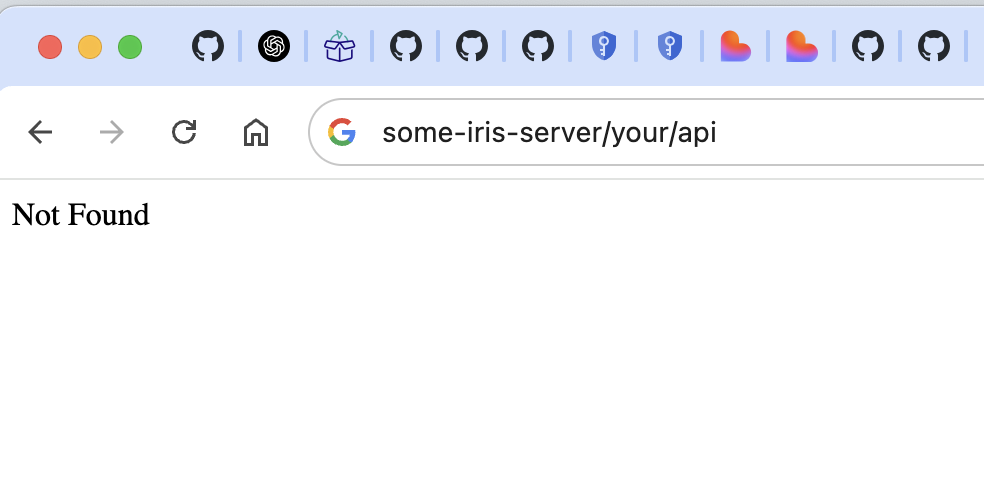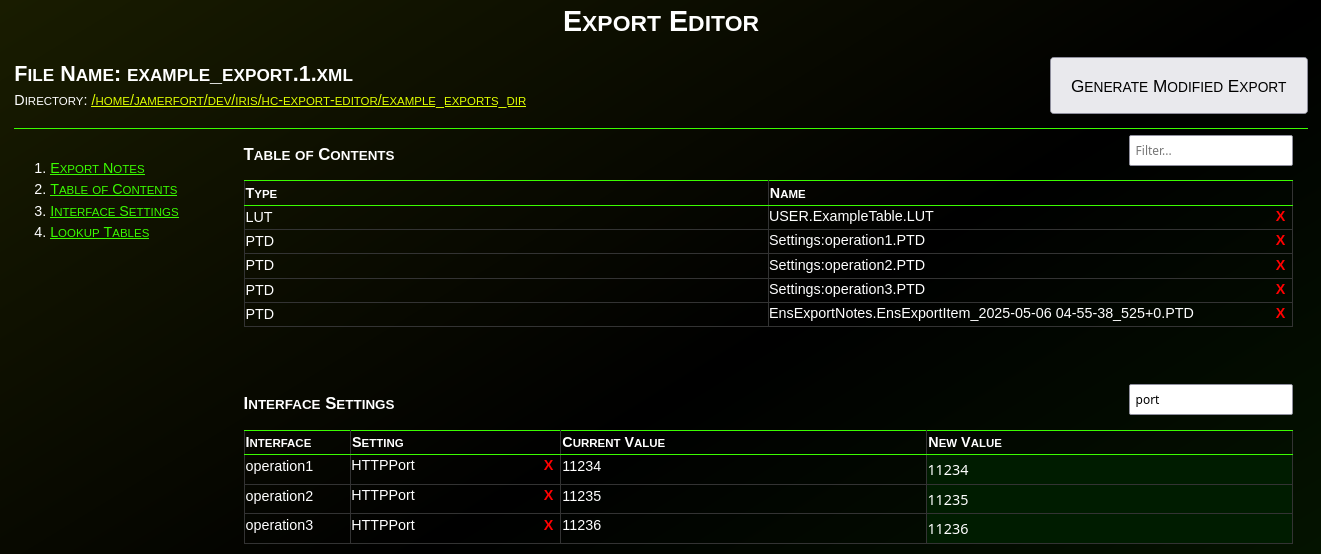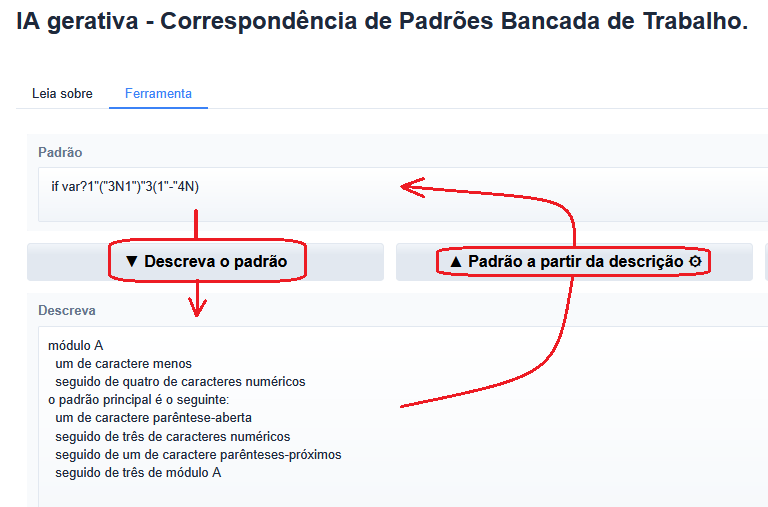Hi developers. Just want to share with you a finding that might save you a few important minutes of your developer life with InterSystems IRIS.

But!
It should work; you deployed the REST API correctly, and everything is just in place.
What can go wrong?



